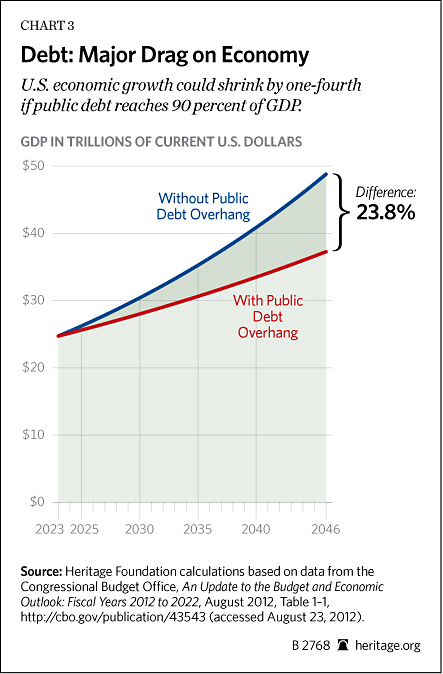08.30.2013
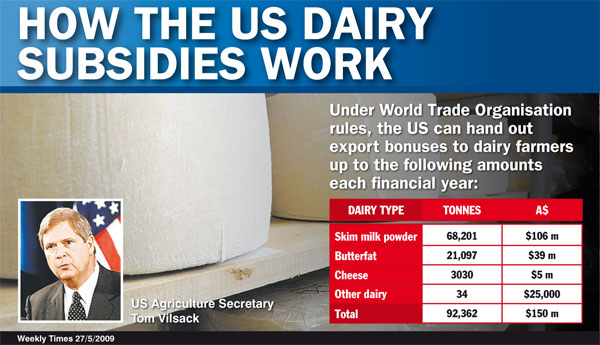
$1 Trillion Farm Bill is All About Government Welfare
original article written by Net Advisor™
WASHINGTON, DC. The U.S. Democrat controlled Senate passed the 2013 Farm Bill. The only problem with the Farm Bill, is it has very little to do with farming. Nearly 80 percent of the money, of the almost $1 Trillion spending bill goes to food stamp and government nutrition programs.
[1] Farm Subsidies Hide True Costs of Food
What we found is that farmers get not only get the tax deductions for running their farm which is fine and legal, they may also get money from taxpayers to keep the business going. Our findings show that taxpayers are subsidizing not just food stamps, but also food production.
If the government didn’t have these subsidies for farmers, the real cost to produce food in this country would be a sticker shock. For example, there was discussion at the end of 2012 that if Congress did not allocate its farm subsidies to dairy farmers that the price of milk at the consumer level would double.
“The New Year could push milk prices to $7 a gallon.
In order to keep dairy farmers in businesses, the government agrees to buy milk and other products if the price gets too low. The current agriculture bill has a formula that means the government steps in if the price of milk were to drop by roughly half from its current national average of about $3.65 a gallon.”
Who knew that the taxpayers via government were financing everyday items such as milk by about 91.78%. In other words, every-time someone buys milk, U.S. taxpayers are paying the balance of the actual costs in order for consumers to afford milk. This is government nationalization of milk prices.
What this means is that the true price of farm foods, including milk and milk products are significantly higher than we are directly paying at the consumer level. This also supports my previous arguments that true inflation is much higher than the government is willing to admit.
To cover these costs, government lets its citizens live in a fantasyland by subsidizing billions of dollars each year for farm subsidies so we are made to think that food in America is actually affordable.
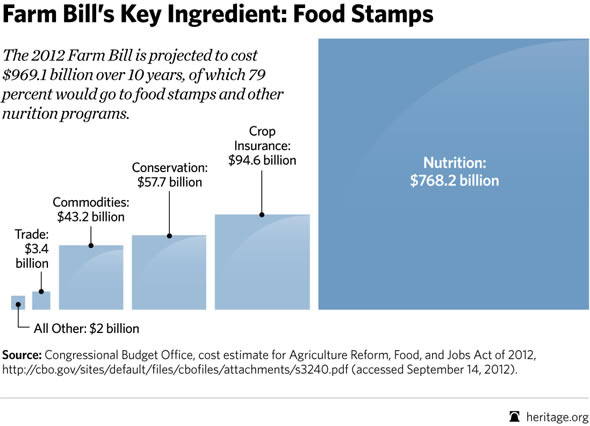
[2] Food Stamps (SNAP) Soar Under Obama
There are some 47 million people in America who (apparently) still can’t afford the government’s multi-billion-dollar a year national subsidy for certain foods and dairy. So the government has a welfare program to make sure those people get an extra subsidy generally referred to as “food stamps.”
“…the United States Department of Agriculture quietly released new statistics related to the food stamps program, officially known as SNAP (the Supplemental Nutrition Assistance Program).
The numbers reveal, in 2012, the food stamps program was the biggest it’s ever been, with an average of 46,609,072 people on the program every month of last year.
47,791,996 people were on the program in the month of December 2012.”
— Sources: Weekly Standard, 03-11-2013 and CNBC.com, 03-20-2013
Basically, taxpayers pay billions each year for food stamp programs, and taxpayers also pay billions more to off-set the true costs of food prices. So we really have two food subsidy programs.
Granted, some people may have higher needs than others and may be in difficult situations, and people are pretty generous in the USA to help those in need. Earning a living for your family and to support other people you don’t know indefinitely, may not be what taxpayers had in mind.
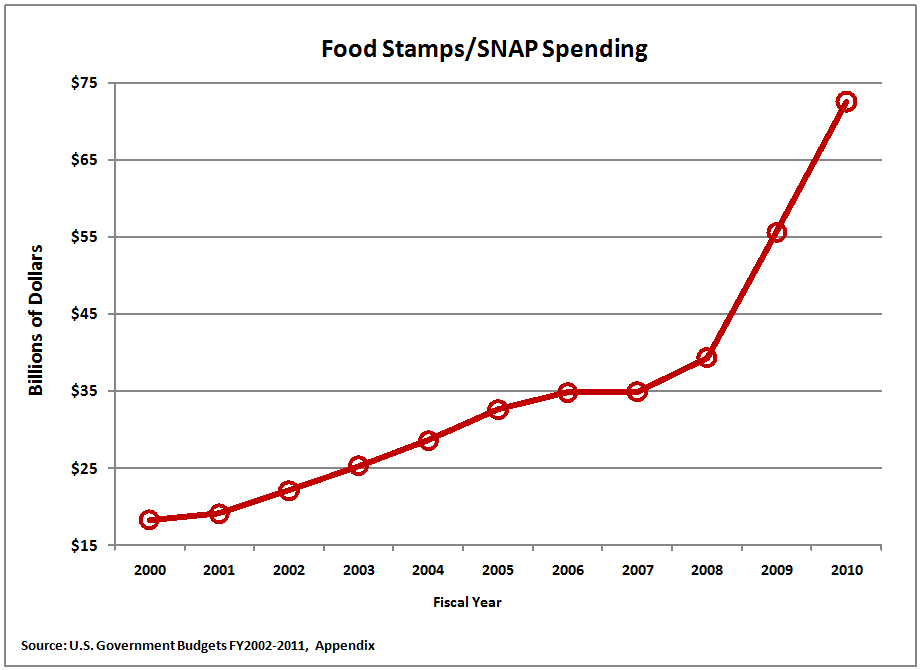
[3] How Can the Economy Be “Recovering” When a Record Number of People Can’t Even Afford Food?
The purposes of the “SNAP” (food stamp) program was to temporarily help those people to offset food costs who are experiencing financially difficult situations.
The problem here is that the welfare subsidies in food stamps are only growing, suggesting more people are becoming dependent on government just to be able to eat? This argues my point that the U.S. economy is not in a real recovery when we have more and more people who can’t afford the even the cost of basics such as food.
What has created much of this artificial recovery is the Federal Reserve attempting to manipulate interest rates by pumping some $3 Trillion in to the economy (report). Even with all this money pumped into the economy, the economy is still dragging.
[4] Is Government Debt Causing an Economic Contraction?
The Heritage Foundation argued that it is not a lack of government spending that is dragging the economy, but the massive U.S. debt is lagging the economy (chart below).
[5] Let’s put this complex economic scenario in simple terms:
1. Let say you have to borrow forty-two cents of every dollar to avoid bankruptcy. This is exactly what the Obama Administration has been doing [Source: Washington Post PDF (report)].
2. How long can you borrow money before there is a problem? For individuals there is a limit right? Credit can only go so far. If you are the federal government, you can just print the money and borrow until eternity. The latter is what is happening to the economy. The U.S. has to borrow more money each year to keep all the government (freebee) programs running.
Keep in mind that the U.S. is paying monthly interest charges on that borrowed money. So effectively, the U.S. is financing food for 47 million+ people.
[6] U.S. Debt Cost and Economic Risk
In 2011 the USA paid China $26.9 Billion in interest (graphic page top here) on money we borrowed from them, up from $20.9 Billion we paid China on our debt in 2009. This does not count the interest costs taxpayers HAVE TO PAY every year to EVERYONE holding the currently $16.738 Trillion (as of post date) of U.S. Treasury debt.
China and other counties take that tax-free money and put it into their economy. What does the USA get? The ability to have welfare programs that does not produce any income back to the treasury. The long-term cycle on this is total economic failure.
The current path of U.S. debt is growing to dangerous levels, and no one seems to have the will to do much about this.
[7] Expensive Greener Energy: Corn Prices Rocket, Increases Gas Prices
The Federal government has corporate welfare programs such as to pay farmers NOT to grow crops and guarantee farmers a certain income on their crops (who should have their crops privately insured anyway) against a loss. Government handles much of this costly burden.
The U.S. government (tax payers) spent $37.9 Billion reimbursing farmers for Crop Insurance programs from 1995-2010.
— Source: Environmental Working Group (PDF)
[8] Farmers in the $ Dough
The biggest government farm subsidies were given to corn farmers (Chart below). The total amount of farm subsidies from 1995 to 2010 was $261.9 Billion. Who got paid? 74% of all farm subsidies went to 10% of all farmers (Source: Environmental Working Group.org (PDF).
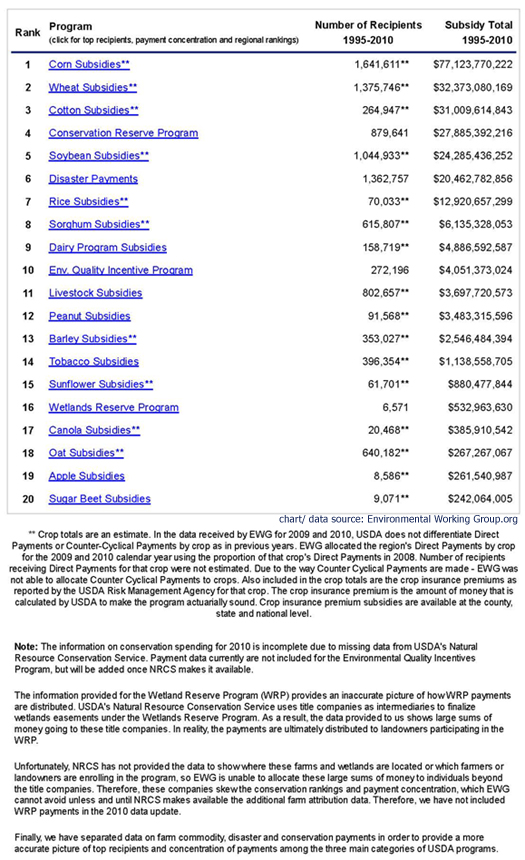
The total amount of U.S. farm subsidies from 1995 to 2010 was $261.9 Billion.
— Source: Environmental Working Group.org (PDF)
In contrast, the “big oil” companies managed to hold on to “$20 billion in tax subsidies over the next 10 years” – that’s about $2 billion a year (Source: CNN). Keep in mind that there is a big different from taking a legal tax deduction on your business (“big oil”), than taxpayers paying you to stay in business (“big farming”).
If “big oil” sounds more threatening than “big farming,” you’ve been conditioned by media events, TV, movies, and politicians to think that way. We are not here to defend big oil or big farming, just to point out the facts, the math and what this all costs to taxpayers.
At least 13 Democrats who sat on the House Agriculture Committee lost their re-election bid during the 2010 Mid-term elections. The Huffington Post argued this was due perhaps in part of wasteful farm subsidies. This may or may not have been the case. In November 2010, there was a huge voter backlash after House Democrats passed ObamaCare without a single vote from the U.S. Senate (report). Americans were and still are upset over ObamaCare, and voters swept the largest number of Democrats out of the House since 1928 (report).
[9] U.S. Subsidizing Foreign Agriculture
In case your tax dollars are not going to enough people, the U.S. government continues to hand out $147.3 million a year to Brazilian agribusiness.
“…U.S. agricultural policy, where the implausible and the insane are the routine. Our perplexing $147.3 million–a-year handout to Brazilian agribusiness, part of a last-minute deal to head off an arcane trade dispute…”
— Source: Time.com
Farmers could just go to the commodities futures markets (which they do), to sell futures contracts against their crops to guarantee certain prices they want to lock in. We have public markets, financial experts and insurance companies to manage farmer’s income and crop risk.
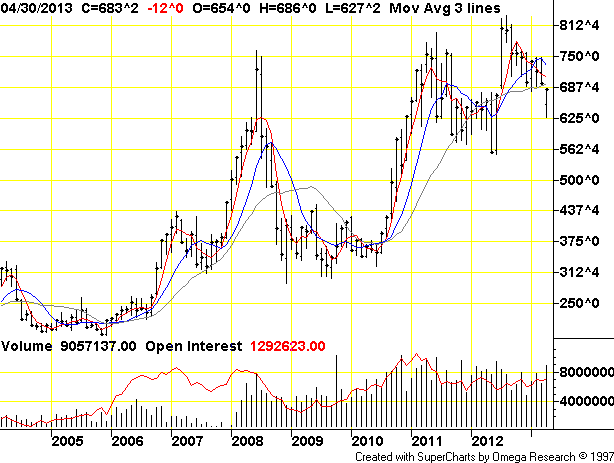
[10] Gas Prices Up? Ethanol Part of the Reason
Can we also get rid of ethanol in our gasoline, which is helping to increase gas prices. Corn prices have more than doubled since 2009, and almost tippled since 2005/2006 (Chart above).
Corn prices in the futures markets have come down about thirty-percent since the big 2010-2012 run up, to recently $482.00 per bushel as of 08-30-2013. But has anyone seen corn prices drop thirty-percent at the retail store level?
The U.S. could also save money by stop using “camellia-based jet fuel that costs $67 a gallon, versus $5 per gallon for aviation gas.”
— Source: Canadian Free Press
So now we know that is doesn’t look like “big oil” is the enemy in terms of costs to tax payers. The real cost burden is government subsidies where ten-percent of farmers get seventy-four percent of the benefit.
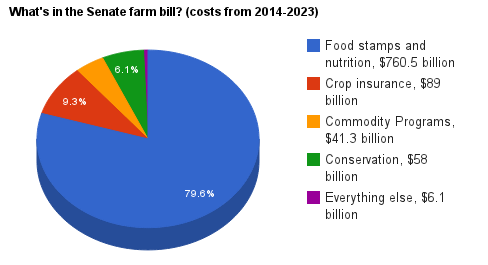
[11] Farm Bill is Not About Farming
As we now know, today’s Farm Bills are not so much about farming as they are about food stamps. About 80% of the Farm Bill goes to food stamp program.
“Strangely, this spending is authorized by the so-called “farm bill,” 80 percent of which is for food stamps. It would be more aptly named the Food Stamp Bill.”
— HeritageAction.com and Reuters
The total cost of this welfare legislation is almost $1 Trillion or about $955 Billion as the graphic depicts above. When you add interest on this debt, the numbers can get more staggering.
Images/ graphics may be copyright by their respective owners where known and credited.
original article content, Copyright © 2013 NetAdvisor.org® All Rights Reserved.
NetAdvisor.org® is a non-profit organization providing public education and analysis primarily on the U.S. financial markets, personal finance and analysis with a transparent look into U.S. public policy. We also perform and report on financial investigations to help protect the public interest. Read More.

